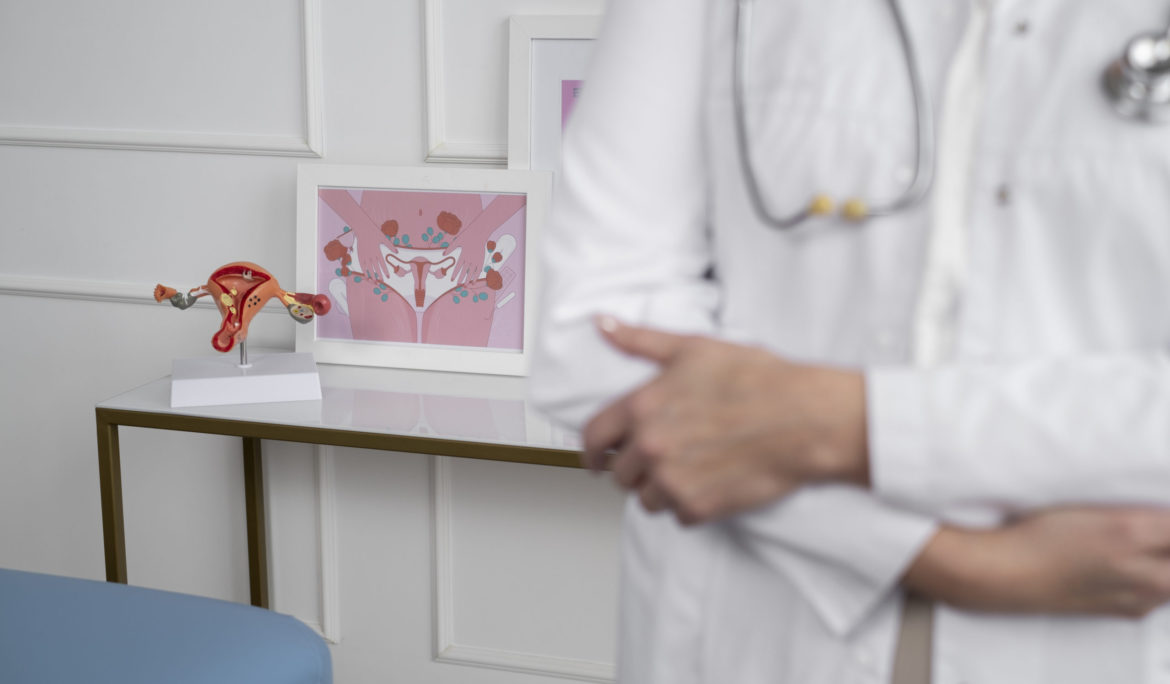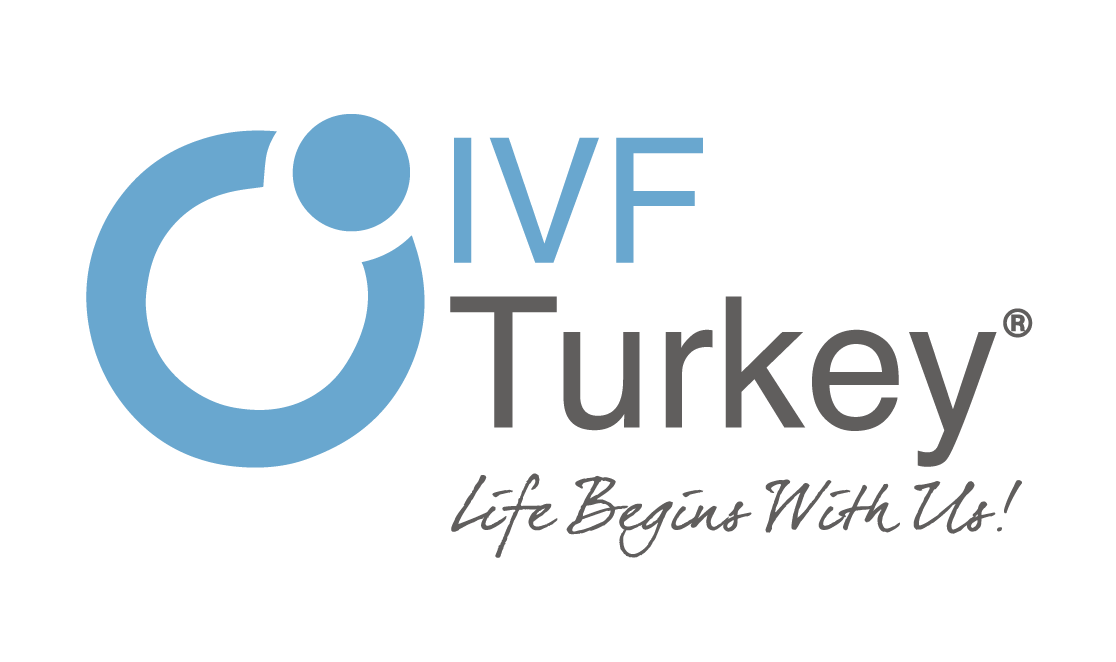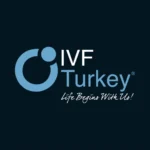Professor Dr. Teksen Camlibel explains the effects of Polycystic Ovarian Syndrome


Gynaecologist at Jinemed Health Centers
Professor Dr. Teksen Camlibel:
In women, the hypothalamus in the brain secretes follicle-stimulating hormones (FSH) and luteinizing hormones (LH), crucial for normal ovarian function and ovulation. FSH facilitates oocyte development, while LH aids in their maturation and release for potential pregnancy. Typically, FSH is secreted in higher quantities than LH.
When LH levels surpass FSH levels, oocytes in the ovaries fail to crack. This leads to the accumulation of uncracked oocytes, observed as polycystic ovaries through ultrasound, with numerous small oocytes filling the ovary. This condition, known as polycystic ovary syndrome (PCOS), often manifests in girls with congenital hormonal imbalances, resulting in irregular menstruation, acne, oily skin, and increased hair growth. These individuals may be slightly overweight and experience symptoms like puberty acne and hair loss more frequently due to elevated testosterone secretion.
Recommendations include medication for menstrual regulation, weight management, and specific contraceptives to address hair-related concerns. PCOS is linked to diabetes, with both conditions sharing the same chromosome, suggesting an interconnected relationship. Individuals with PCOS face a higher risk of diabetes, cardiovascular diseases, high blood pressure, and high cholesterol throughout their lives, with a familial predisposition.
PCOS is not merely a hormonal issue but an internal disease with potential life implications. Regular check-ups, including tests for diabetes and cholesterol, are advised, especially considering the associated risks. Treatment may be necessary for those planning marriage or pregnancy due to irregular ovulation. Medications prescribed for diabetes may regulate menstruation and induce ovulation. However, PCOS patients may respond severely to medications, leading to complications like ovarian hyperstimulation.
Specialist physicians should oversee the treatment of PCOS to enhance the chances of successful outcomes, including pregnancy. Quality issues with cracked oocytes may affect fertility treatments like in vitro fertilization (IVF), potentially resulting in lower success rates for PCOS patients. Laparoscopic ovarian drilling, a surgical method, is employed, involving heat application to induce natural ovulation and menstrual regularity.
After pregnancy, PCOS patients may require specific contraceptives for skin health and menstrual regulation between deliveries. Continued medication for menstruation regulation might be necessary even after 40 years of age, as PCOS persists. Untreated PCOS patients, who menstruate irregularly, face a higher risk of endometrial cancer due to an imbalance in protective hormones.
Regular examinations for cholesterol, high blood pressure, and cardiovascular diseases are essential for long-term health. Daughters of PCOS patients should start conscious diagnoses, follow-ups, and treatments at an early age due to potential hereditary risks.
With PCOS being observed in 10 to 20 percent of society, gynecologists easily recognize and treat it. Young girls experiencing irregular menstruation, acne, oily skin, and increased hair growth are advised to consult gynecologists promptly for diagnosis and treatment. PCOS patients need interdisciplinary follow-ups by gynecologists and internists throughout adolescence, pregnancy, and pre-and post-menopause periods. With proper follow-ups and treatments, individuals with PCOS can lead healthy lives like their counterparts.
Source: https://www.ivfbabble.com/2019/10/dr-teksen-camlibel-explains-effects-polycystic-ovarian-syndrome/



